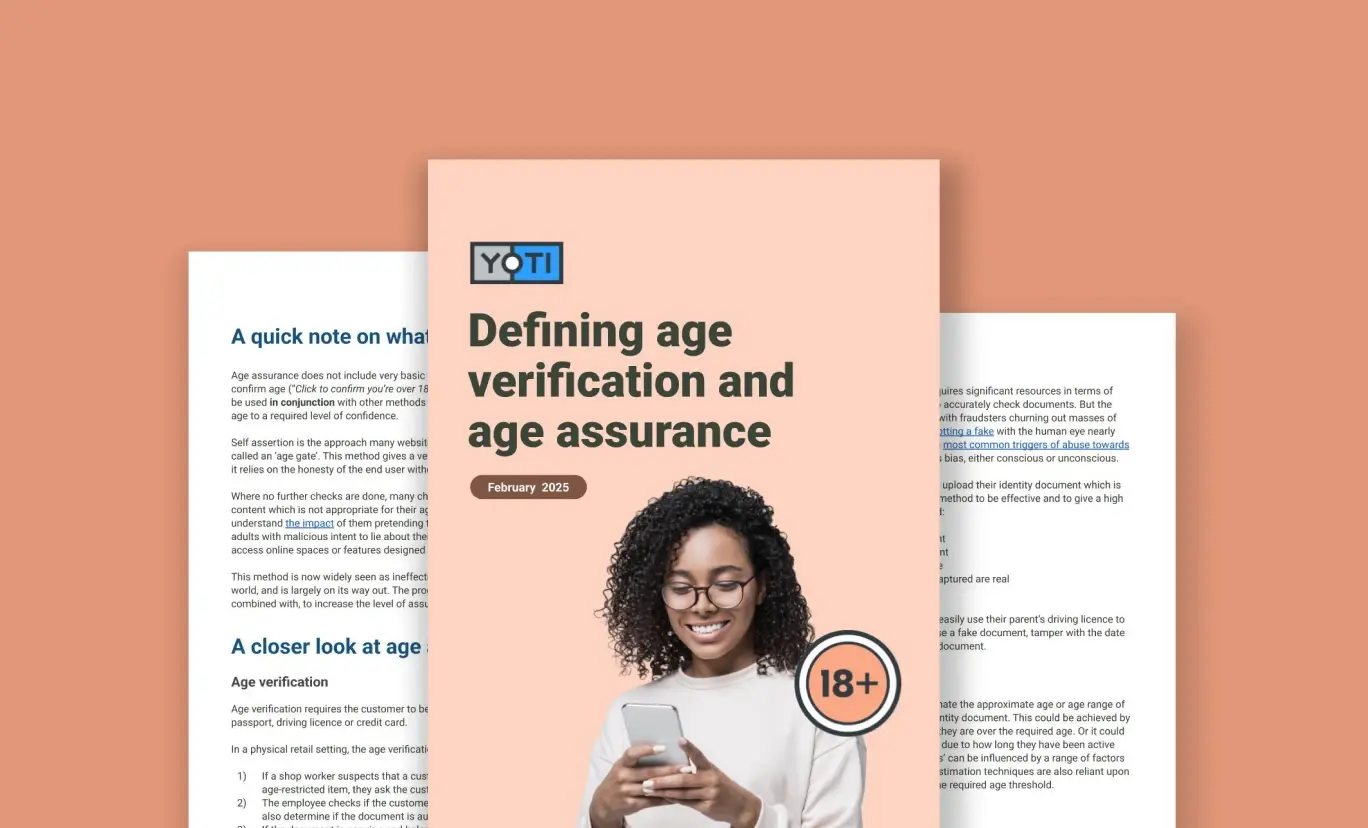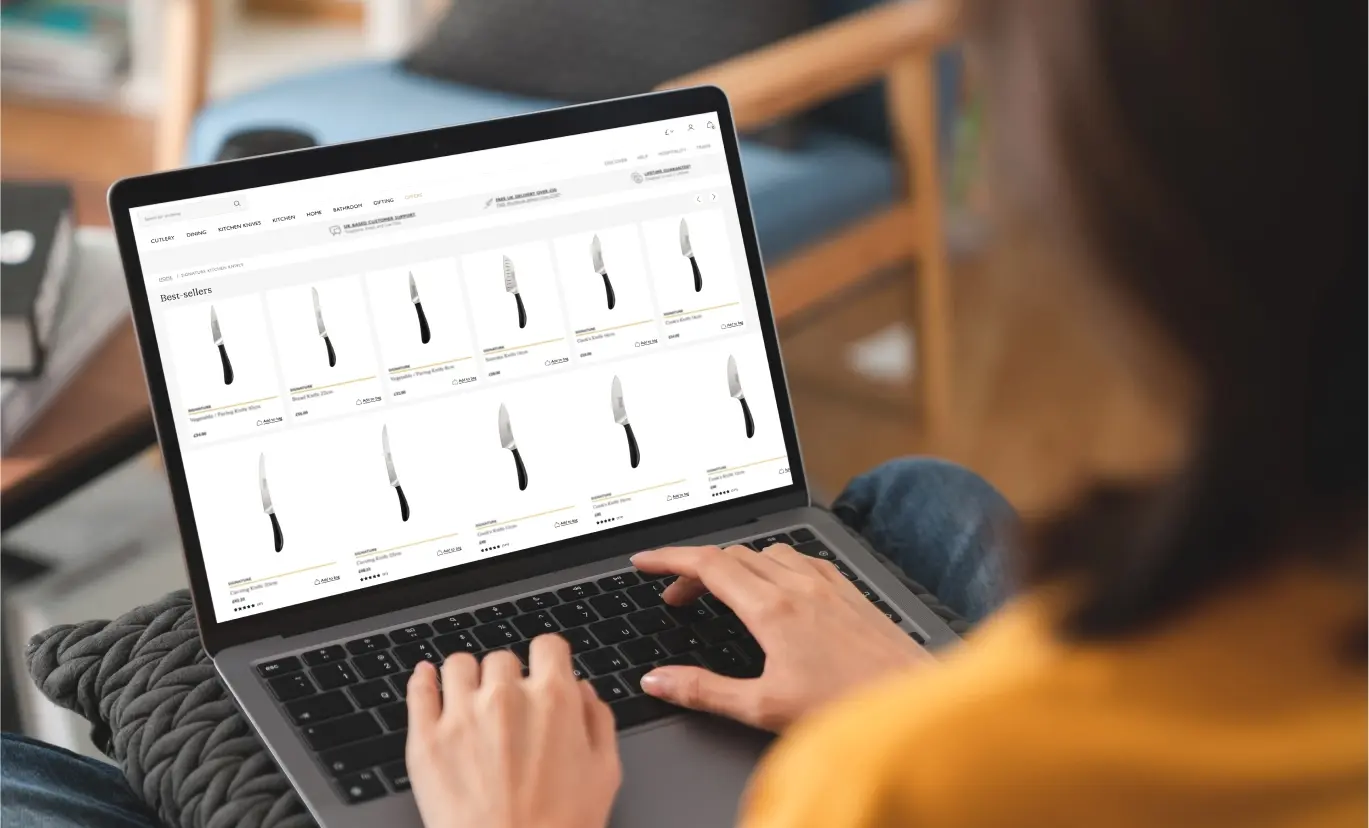Age checks
Introducing Yoti Keys: privacy-focused, seamless and anonymous age verification
We’re excited to announce a new age assurance solution: Yoti Keys. Yoti Keys let people verify their age once and gain continued access to an ecosystem of websites without having to prove their age again, regardless of if they are using an incognito or private browser. A Yoti Key, using passkey technology, doesn’t store any personal information. This helps people to remain completely anonymous but verified – all on their device. How a Yoti Key works Complete an age check: The user completes an initial age check to prove their age. They can choose which method to use,
France’s new age verification law: what it means for adult platforms and how to comply
Every month, 2.3 million minors in France access adult content online. In response, the French regulator Arcom has introduced strict new rules to ensure that only adults can access platforms with pornographic content. These measures, which come into full force on 11th April, aim to protect children while protecting the privacy of adults. In this blog, we answer some of the common questions about the new law and explore how our solutions can help platforms to comply. What are the new rules from Arcom? In October 2024, Arcom, (Audiovisual and Digital Communication Regulatory Authority), announced new rules for
Defining age verification and age assurance
Age is becoming an increasingly important focus for governments globally, with legislation being enacted across multiple states and countries. Our latest report looks at: The difference between age verification and age estimation Why self declaration is not age assurance The importance of balancing proportionality and privacy Download
Age assurance for online knife sales
At the end of January, the UK Government announced they will introduce stricter age checks for online knife sales. Buyers will need to submit a copy of their photo ID, such as a driving licence, as well as proof of address, such as a utility bill. The same person who bought the knife will have to show ID again on delivery, and no knife packages can be left on the doorstep. These measures are part of the upcoming Crime and Policing Bill, expected to be introduced in Parliament this Spring. While knife crime is a key focus of the
Verifying age with email address age estimation
As legislation increasingly serves to protect children online, businesses and platform operators require efficient and privacy-conscious methods to verify user ages. Email address verification is just one of these methods, leveraging email metadata to estimate a user’s age without collecting further personal information. This guide explores how email age estimation works, its reliability, regulatory compliance, and how it performs as a tool for businesses that wish to balance user experience and risk. What is email address age verification? Email address age verification is a method of age assurance used by websites and online operators to determine
Understanding age assurance in the UK’s Tobacco and Vapes Bill
In a significant move towards tightening regulations on tobacco and vaping products, the UK has introduced the Tobacco and Vapes Bill. Originally introduced by the previous Conservative government, the Bill has now been reintroduced by the new Labour government, signalling bipartisan support. The Bill aims to create a “smoke-free generation” by gradually raising the age of sale for tobacco and vaping products every year until they are completely phased out across the UK. What is the main aim of the Tobacco and Vapes Bill? The Tobacco and Vapes Bill seeks to tighten the regulatory framework around tobacco and






